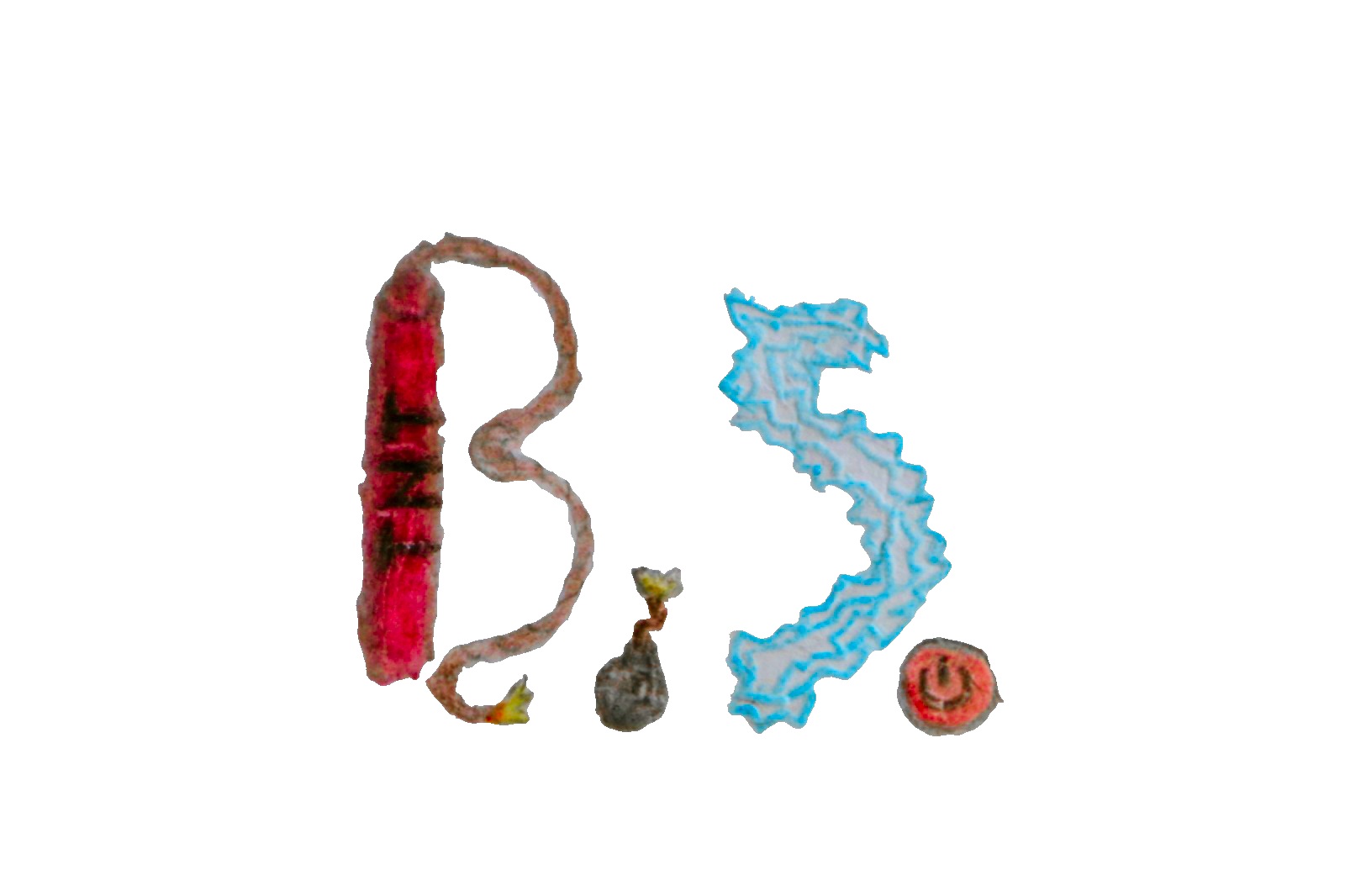Question inspired by the image (see attached)
Hieroglyphs are actually not that simple, my ex gf was an Egyptologist, I went to quite a few lectures with her, that was a highly complex language, more akin to Japanese Kanji, with deep layered subtexts. Those desert dudes were crazy. If you have ever have a chance to visit a lecture about hieroglyphs, do it, it’ll blow your mind. Or how they calculated time, or even saw it, culturally and individually, wow. They were so unbelievably far ahead, I sometimes compare them to the octopus of human development, they should rule the world, but there was that one thing, that prevented it. (For the analogy: the octopus dies when their kids are hatching, would they have the ability to pass their knowledge along to them, today eight armed space suits would be en Vogue)
It’s incredibly easy to fall into the trap of seeing modern societies as more advanced. There’s no reason to think they weren’t just as intelligent and resourceful as we are today. They just lived a long time ago. If history can teach us one thing, it’s that nobody rules the world forever, as advanced a civilization can be.
Prior to collapsing, Rome achieved a sustained population in excess of a million people.
This did not occur again anywhere else until the mid 1800s.
Weird, seems like such a small number by today’s standards
The Mayans capital was larger at the time of conquest.
I don’t agree with how you seem to be defining “advanced.” You seem to be tying that to intelligence and resourcefulness, as opposed to culturally. I think most use it to talk about the sum of knowledge and technology that a civilization has.
While ancient cultures were able to learn a lot about the world around them, today we know what they knew and a shit ton more. They figured out how planets and stars move. We’ve figured out what they’re made of, how they bend space and time, their distances. We’ve landed machines on some and put them in orbit around others.
They had some cool medical tricks. We have many complex but routine surgeries with high survival rates due to development of drugs, equipment, and sterile environments.
They could write down their learnings to share with others of their culture. We have a global network of scientists sharing massive data sets and inferences.
Their innate capabilities were probably no different than our own, but we have massively advanced the scale and scope of learning shared with each generation. We have a much greater degree of specialized knowledge advancing and branching out at a very high rate.
Maybe it’s an English second language thing, or just how I expressed myself, but yes, I was referring to the first. Our technological capabilities are obviously on a whole other level. Electricity + transistors basically transformed the world. Plus the massive population growth.
Yep, it’s just semantics, then. We are not more advanced in the sense of biologically more capable than people thousands of years ago. A few hundred thousand, maybe. Since the split from chimps, I like to think so!
You’re right, we’re a lot more advanced technologically and in many aspects even socially. We’re still just as intelligent and dumb as a species as we were 15000 years ago though. Which I think is the point the OP was trying to make using a wrong word.
We had to develop sapience at some point, but I’d guess it was closer to when we invented cooking than writing. Egypt isn’t even that old by the standards of the human race.
Based on the planet’s climate trajectory, humanity may not rule it forever, but we’re aiming to be the last.
What held the Egyptians back?
Their spines
Probably the bronze age collapse, quite a scary event that extinguished trade routes and literacy.
I bet it was hangover!
Another synapse!! Do you also use a password manager?
Haha, yes. Random user name generation !
Does watching stargate count?
I’m going to have to say yes.
(For the analogy: the octopus dies when their kids are hatching, would they have the ability to pass their knowledge along to them, today eight armed space suits would be en Vogue)
Thank you for sending me down that rabbit hole, it was a really interesting read, and I learned something new today.
From an article on the subject…
Octopuses are serious cannibals, so a biologically programmed death spiral may be a way to keep mothers from eating their young.
They also can grow pretty much indefinitely, so eliminating hungry adults keeps the octopus ecosystem from being dominated by a few massive, cranky, octopuses.
And what was “that one thing” for the Egyptians?
There’s an entire code block for hieroglyphs in Unicode. https://symbl.cc/en/unicode/blocks/egyptian-hieroglyphs/
Amusingly penis features in a few of them. https://symbl.cc/en/130B8/
Specifically in the “D parts of the human body” section?! Is there a “V parts…” section as well?
Not that I’m aware of only ‘penis’, ‘penis with emission’, and ‘penis with folded cloth’.
This link has the descriptions https://unicode-explorer.com/c/130B9
Here is a breast 𓂑
And here an anime titi 𓂒
Anyway, D its for the section, not everything are Ds
Well that’s cool as hell!
🥒
🍆
𓂸
So that’s where that penis comes from
deleted by creator
deleted by creator
𓉘
𓉘 𓉛
𓉘 𓉝
𓉘 𓉐
Ah god damnit
Of course this isn’t comparable - hieroglyphs form complete languages and are not just a set of emotion symbols. Probably there’s one or two that are emotions but I somehow doubt that the stone writings that endure contain any personal expressions of emotion.
But the post is funny and it hints at something important. Expressions to co vey emotion are incredibly important to human beings. It’s a language that our bodies are physically built for: our faces are far more changeable and expressive than other animals, and this supported the social bonds and cooperation that put us on top of the world. I’m not saying that across all cultures, one given facial expression means the same thing, but certainly all cultures have a vivid, silent language of facial expressions that is so deeply rooted, we barely think about it.
𓀐𓂸𓂺
i mean most emojis aren’t emotions, they’re just… things…
what emotion does a bus have? the joy of not having to sit in traffic?
Yes there’s a long list of country flags and currency symbols and other shit in there too but lets not pretend like adding all that crap changed the fact that these are commonly used for expression. Does a cup of coffee have an emotion? Actually it kinda can, yeah, in the right situation. Let’s not even get into what people make of eggplants and popcorn tubs.
hieroglyphs form complete languages and are not just a set of emotion symbols. Probably there’s one or two that are emotions but I somehow doubt that the stone writings that endure contain any personal expressions of emotion.
Emoji don’t only depict emotions…
Ok. Write the statement you just make using only Emojis.
What emotion does 🧺 convey? I don’t see anyone saying that emojis are a complete language, but they do convey more than just emotions.
🐢🚫😭
Turtle don’t cry?
Sad because turtles are banned
💐🌹🥀🌺🌷🪷🌸💮🏵️⛰️🏔️🌀🌪️⚡🫧🦁🐯🐱🌑🌒🌓🌔🌕🌖🌗🌘🌍🌎🌏🦖🐉🦎🦥🫏🐢🐃🐈🍓🍉🍑🍒🍊🫚🥕🍠🧅🥣🫕🥗🍲🥫🍛🧁🍭🍬🍩🍩🍪🥧🍼🍾🛑⚓🚧🛟🧭⛽🛢️🛴🚦🦽🩼🚲🚗🚓🛻🚋🚞🛳️🛬🛩️🛝🎠🗿🗽⚽🥎🥇🥈🥉🥋🎮🪀🕹️🀄🎰💿📀💾💷💵💶💴💳🛒👔👘🎽🥻🥼⛑️👑💎🌂💄👡🦯👢🧪💊🧰🗜️🔩🪚⛏️📄📂📋📑📓📉📇📦✂️🕕🕦📆⚔️🛡️🔏🔑🔐🚬⚰️🪦🚯📵📳
ᕕ( ᐛ )ᕗ
Meanwhile in China they never stopped using hieroglyphics (cries while loading up more 中文 Duolingo and Lingodeer)
Removed by mod
Sadly we don’t have the exact modern equivalent 😔🍆💦
Did someone delete my comment? 𓀨
Yes.
Only just got the automod message. Odd choice, but ok.
Back?! lol Homie, it never really stopped. Modern humanity’s about 300,000 years old and we’ve been using various forms of cuneiform and hyroglyphics since waaaaay before even Akkadian was a thing lol
They went out of style for awhile when the printing press was invented.
I refuse to use emojis, you can’t make me! 😤
I still use emoticons.
To answer your question on matching emojis, no, it is way more complex than that. For example check the use cases of this one - https://en.m.wikipedia.org/wiki/Hill-country_(hieroglyph)
This is amazing. I never knew that Egyptian hieroglyphs had names for kingdoms in the Indian subcontinent.
🐟=🍆
fuckin woke Egyptians were influenced by them aliens making the pyramids 🫃
It’s not that simple, cuneiform and hyeroglyphs had been accompanied by sophisticated systems representing phonemes and grammar elements of the languages it was being written with. People make the same mistakes regarding chinese characters (older scripts or more “primitive” scripts equated to simple drawings and nothing else). 🤷
Writing isn’t language, otherwise the thousands of unwritten languages wouldn’t be considered languages.
Idk. I think they can all fall under language, because they’re all a form of communication. Like sign language, or body language
That depends on your definition of “language”, where some definitions are much more scientifically useful than others. Defining language as “a system of communication” is not very useful, since there are important defining characteristics most people, and especially most linguists, believe that language possesses that other more general forms of communication do not.
Under the definition used by most linguists (for the kind of object we’re talking about here, that is - there are many other relevant objects of study that can be called a “language”), spoken/signed human languages have all of the characteristics of language, while “body language”/animal “languages” do not.
Sign language is language, since it has a systematic, unconscious mental grammar that meets all of the characteristics above, and writing is not considered language, since it’s just a means of encoding/preserving a language that already exists.
Another way of stating this is that writing is not itself the output of a mental grammar - it’s the output of a translation algorithm that acts on the output of a grammar, and so can’t be considered language itself (again, under one of the most common definitions of “language” used in the scientific study of human language).
I agree that it has to do with definition. My definition of language might be of a wider range than yours (and linguists)
My cat, for example, might not use grammer but I can certainly communicate with her (and she with me!) In this sense she and I have a language between us that’s a mix of signs, sounds, and body language. It’s not possible for me to seperate our talks from language, even though our understanding of each other doesn’t cover specifics.
So if someone communicates with me via emoji, and I understund accurately, I would count it as language (even if it goes against classical definitions)
Fair enough.
What would you say about a dog growling at you, communicating its displeasure at how close you are? If you back away, understanding what the dog intends to convey with its growl, does that make the dog’s growl language?
Is a honeybee secreting a pheromone to get the hive to swarm language?
If so, how is language meaningfully different from “communication”? And, is human communication with each other the same type of phenomenon as the cases you and I mentioned, or is there some sort of categorical difference there?
(Also, this definition isn’t classical - it’s quite modern. The tendency to conflate writing with language in cultures that have writing is as old as writing is, and disentangling the two is a relatively modern discovery.)
Lemmy’s being difficult for me (or it could be Connect for Lemmy) so I keep having to find the post in order to reply to you! (Meaning I might have to stop replying, but if I do that’s why)
And yes, I would say a dog growling and a honey bee releasing pheromones are also examples of language! I’m sure many would disagree (and rightfully) but my general perspective on the matter is that any type of communication is language (but I can see how it can be argued that no, it’s not language which is different- they’re just so closely related in my mind that to me they’re practically synonyms)
I think its more like writing is language, but language isn’t necessarily writing.
Writing isn’t language at all, for reasons discussed in my comments below.
Which is part of what makes linguistics work on ancient languages so difficult - we’re having to use these imperfect symbols, which themselves aren’t language, to try to glean as many features about the actual grammars they’re intended to represent, which are language.
This is why we know much less about ancient languages than we do modern ones - because we have actual recordings of modern languages (the recordings themselves are also not language, of course; they just encode language much better than writing does), so we can get at many more features of the language in question.
Ok, strictly speaking, the language is called the Egyptian language and hieroglyphs were the writing system used to write it (until Greek influences evolved it into Coptic). But that’s an extremely pedantic distinction to anyone who isn’t a linguist.












